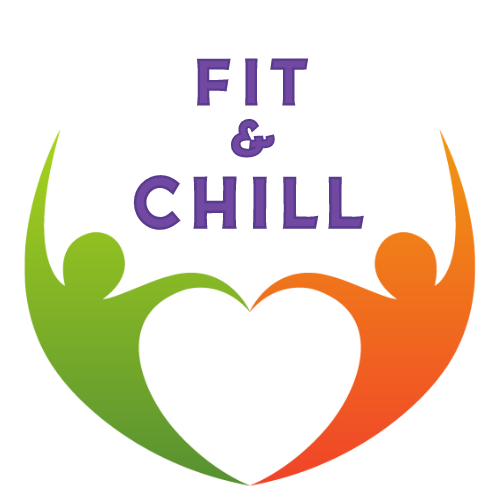Benefits of The Narrow Squat
- Quadriceps Activation: “Narrow Squat” primarily targets the quadriceps, helping to strengthen and tone the muscles on the front of the thighs.
- Inner Thigh Engagement: Bringing your feet closer together in the narrow stance increases activation in the inner thigh muscles, providing additional toning and strengthening benefits.
- Glute Activation: While not as pronounced as in a traditional squat, “Narrow Squat” still engages the glute muscles, contributing to overall lower body strength and stability.
- Core Stability: Maintaining proper posture and engaging the core muscles throughout the squat helps improve core stability and balance.
- Functional Movement: Squatting is a fundamental movement pattern that mimics everyday activities like sitting and standing, making “Narrow Squat” a functional exercise that translates to real-life movements.
Tips for Beginners:
- Start Slowly: Begin with a shallow range of motion and focus on mastering proper form before increasing depth or adding resistance.
- Focus on Alignment: Pay attention to the alignment of your knees and toes, ensuring that they track in the same direction throughout the movement.
- Engage Core Muscles: Keep your core muscles engaged throughout the exercise to stabilize your spine and maintain proper posture.
- Controlled Movement: Perform the squat movement in a slow and controlled manner to maximize muscle engagement and reduce the risk of injury.



Leave A Comment